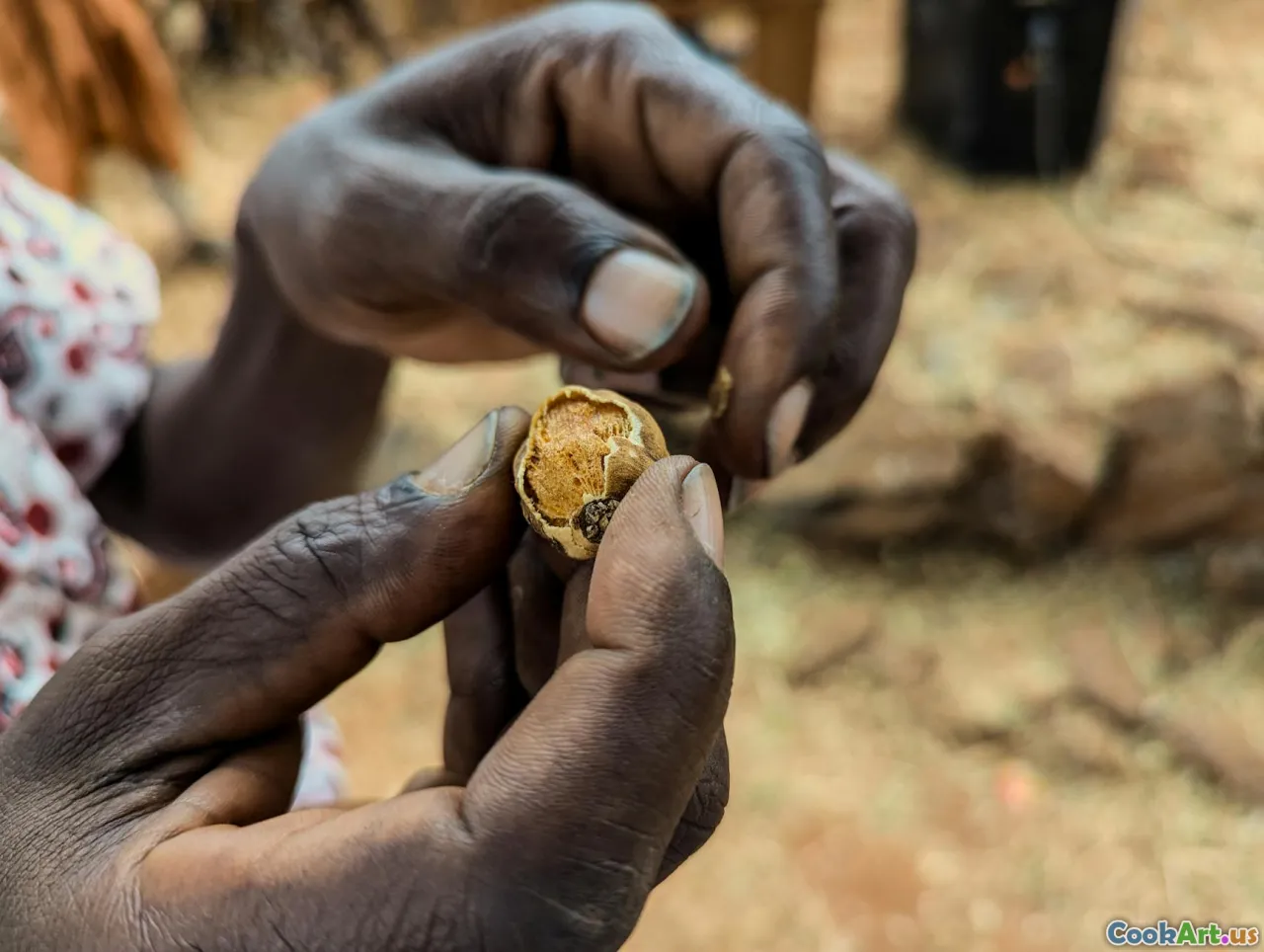Precision Agriculture: The New Norm
5 min read Discover how precision agriculture is transforming farming into a high-tech, sustainable practice that enhances food production globally. April 09, 2025 11:45
Precision Agriculture: The New Norm
In recent years, the agricultural landscape has undergone a significant transformation, driven largely by technological advancements. Precision agriculture, often referred to as smart farming, is at the forefront of this change. With farmers globally facing challenges such as climate change, population growth, and resource scarcity, the adoption of technology in farming has become not just beneficial but essential. This article explores how precision agriculture is revolutionizing food production and why it is becoming the new norm.
What is Precision Agriculture?
Precision agriculture is a farming management concept that utilizes information technology to ensure that crops and soil receive exactly what they need for optimum health and productivity. It integrates various technologies, including GPS, IoT sensors, drones, and big data analytics, to gather and analyze data about field variability in crops. The primary goal is to enhance crop yield while minimizing environmental impact and resource waste.
The Role of Technology in Precision Agriculture
1. Data Collection and Analysis
The backbone of precision agriculture is data. Farmers are leveraging sensors and drones to collect real-time data on soil conditions, crop health, and weather patterns. This data is analyzed using sophisticated software to make informed decisions about planting, watering, and harvesting.
2. Soil Health Monitoring
Understanding soil health is crucial for successful farming. Precision agriculture tools can evaluate soil composition, moisture levels, and nutrient availability, allowing farmers to apply fertilizers and irrigation only where needed. This targeted approach not only boosts yields but also reduces chemical runoff, promoting environmental sustainability.
3. Variable Rate Technology (VRT)
VRT allows farmers to apply inputs like seeds, fertilizers, and pesticides variably across a field rather than uniformly. For example, areas of a field that exhibit high productivity might receive more nutrients, while less productive areas receive less. This tailored approach optimizes resource use and enhances crop performance.
4. Drones and Imagery
Drones equipped with imaging technology can survey fields quickly and efficiently. They provide high-resolution images that help identify crop health issues, pest infestations, or irrigation problems. This aerial perspective allows farmers to act swiftly to mitigate potential losses.
Benefits of Precision Agriculture
- Increased Efficiency: By applying inputs more precisely, farmers can reduce costs and waste, leading to higher profit margins.
- Sustainability: Precision agriculture practices lead to less environmental degradation, promoting sustainable farming methods that protect biodiversity and ecosystems.
- Enhanced Crop Quality: With better monitoring and management, crops are often healthier, leading to improved quality and taste.
- Resource Conservation: Efficient use of water, fertilizer, and pesticides helps conserve vital resources, which is increasingly important in a world facing water scarcity.
The Future of Food Production
As the global population continues to grow, the demand for food is expected to rise dramatically. Precision agriculture offers a solution to meet this growing need sustainably. By adopting these technologies, farmers can produce more food on less land while utilizing fewer resources.
Innovations in precision agriculture will continue to evolve, from advancements in AI that improve predictive analytics to blockchain technologies that enhance supply chain transparency. The integration of these technologies not only signifies a shift in farming practices but also reflects a broader movement towards smart, sustainable food systems.
Conclusion
Precision agriculture is more than just a trend; it is quickly becoming the new norm in food production. By harnessing technology, farmers can create a more efficient, sustainable, and resilient agricultural system that meets the challenges of the 21st century. As consumers, understanding and supporting these innovations can help us all contribute to a healthier planet and a more secure food future.









